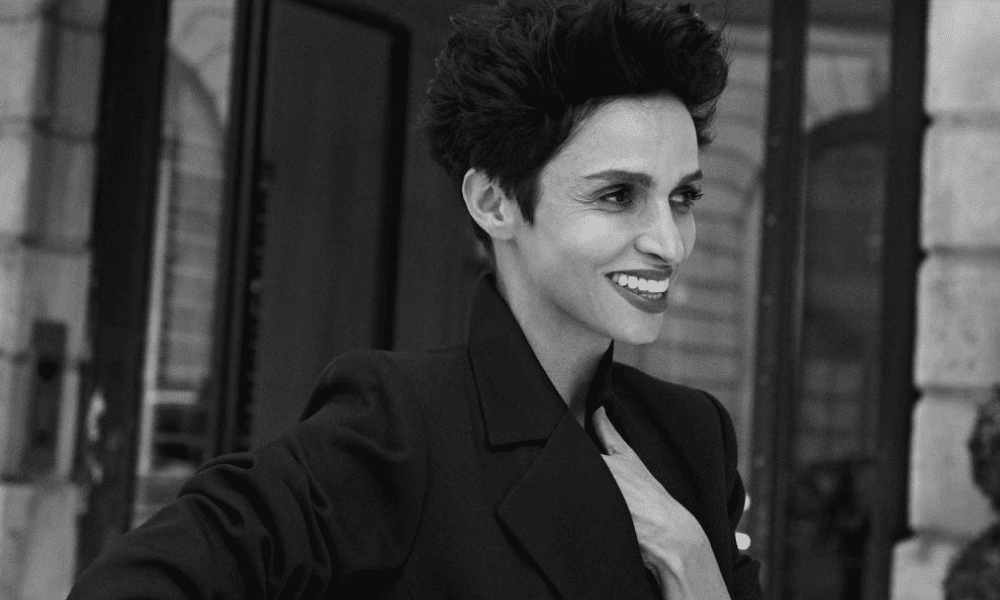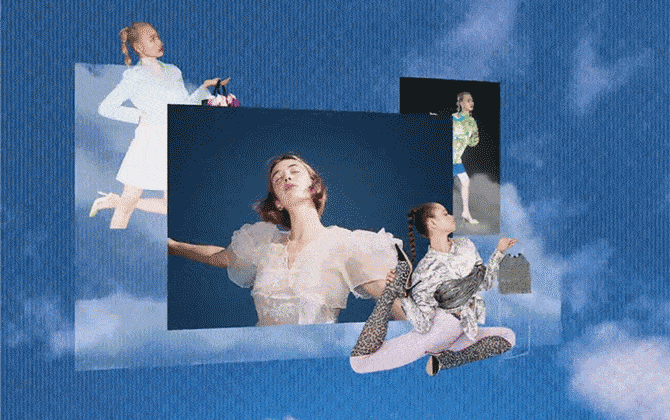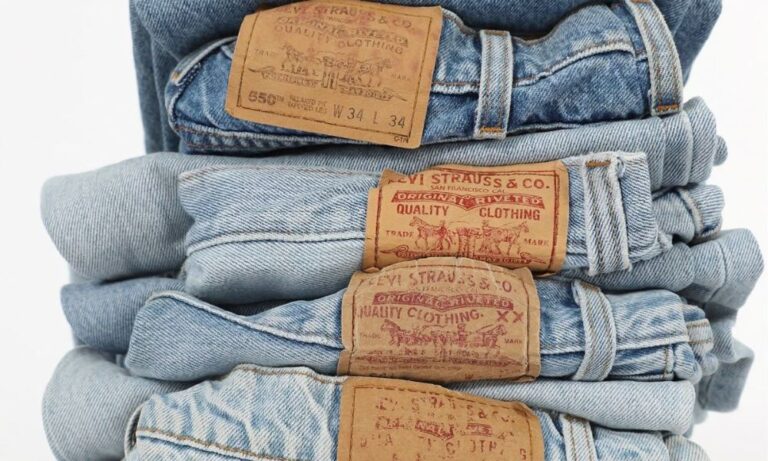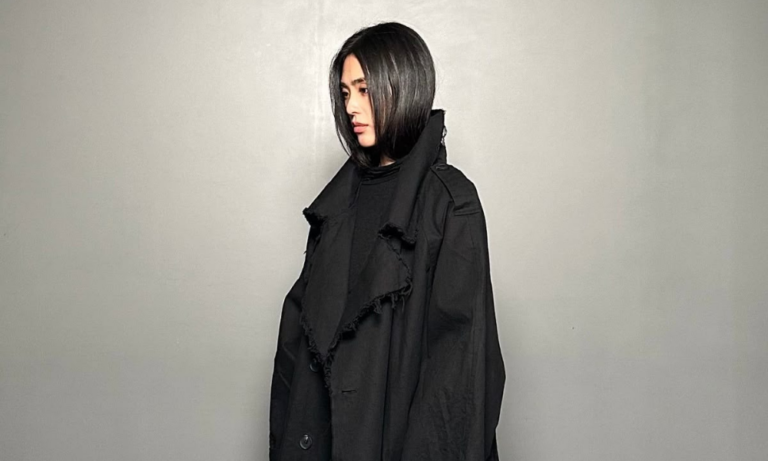Born to strict immigrant parents in Lyon in 1960, Farida fled to Paris at 15 in pursuit of its exciting lifestyle. The ‘City of Lights’ was ultimately where she blossomed into the fashion and cultural icon she is today.
Style icon, Farida Khelfa’s catwalk career was launched by Jean Paul Gaultier, who was muse and long-term friends with photographer Jean-Paul Goude and designers Azzedine Alaïa, Jean Paul Gaultier, and Christian Louboutin.
“I’ve made documentaries on Jean Paul Gaultier, then about Tunisian youth during the Arab Spring, and most recently one about women in the Middle East.”
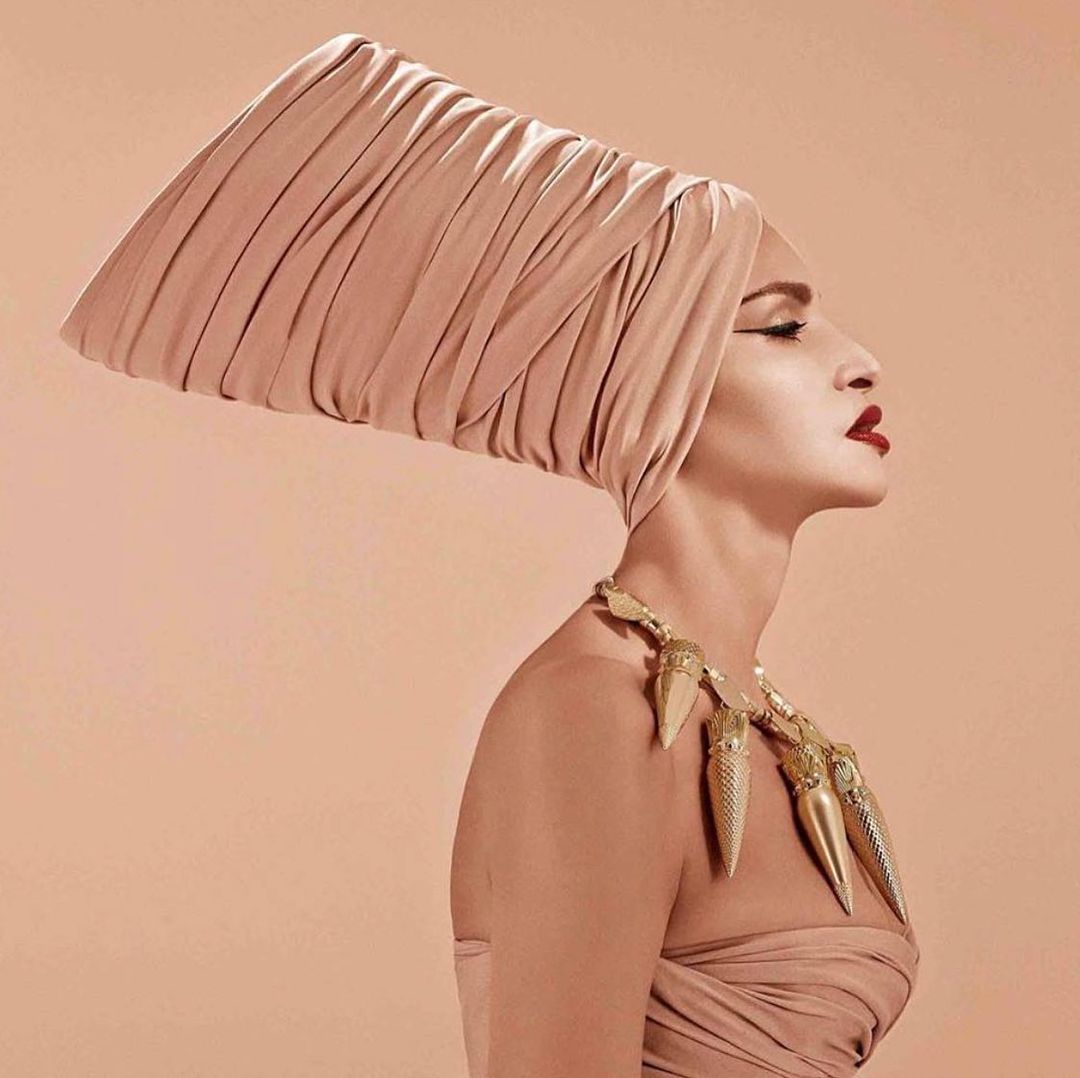
Do you think that the global Arab community is united as it should be? How can we further unite our creatives?
The Arab community is divided rather than united. To be united we must have a common interest. Cultural exchange can be a common interest as well as commercial one. Look at the European Union, see how difficult it is to be united but at least they try.
Can you tell us two Arab female role models who have impacted you the most over the years?
Djamila Bouhired was an Algerian revolutionary, she fought against the French colonization. She was very brave and really beautiful. I also like Oum Kalthoum which we listened to during the fittings with Azzedine late at night. I love the idea that she was dressed up as boy so that she could sing.
How can we further improve the narrative on Arab women and break the clichés?
Clichés are difficult to deconstruct. I think time will work on our sides. It’s times to show our qualities and not only our weakness.
“Arab women went through a lot so they have stories to share and women from all over the world can refer to it.”
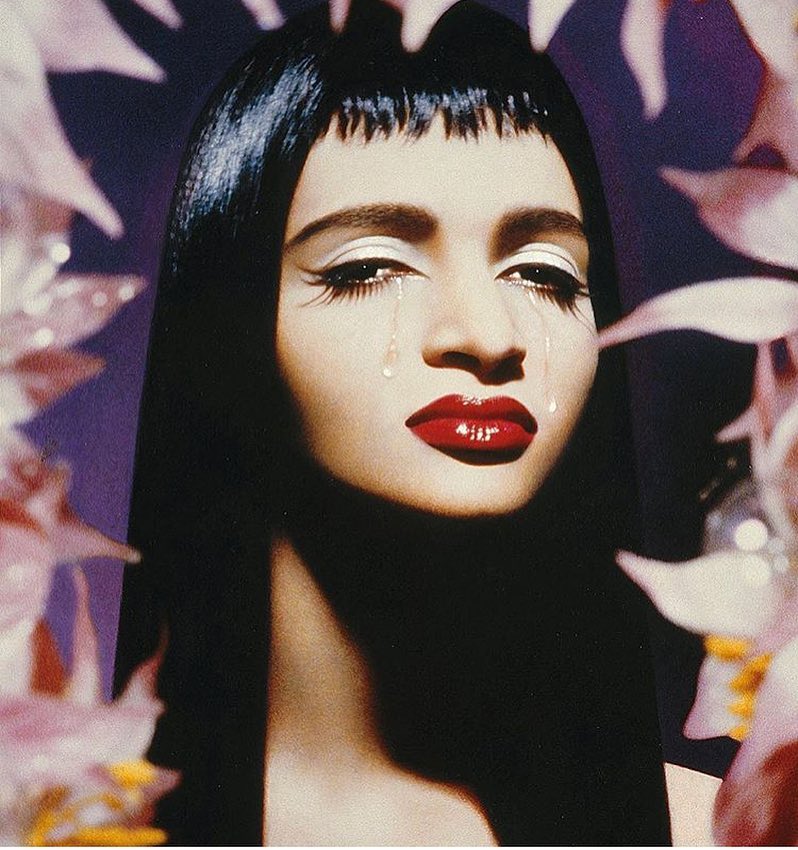
It was such a pleasure to see you in Saudi when the late Franca Sozzani came to Jeddah in 2016 Jeddah for the first-ever Vogue Fashion Experience, hosted by Vogue Italia and Rubaiyat. Can you tell us more about your experience? What was it part of your inspiration in creating this documentary?
That trip to Jeddah with Franca hit me and I thought, immediately, that I could do something there, but I didn’t know yet what it was.
“I was surprised by the women’s creativity in this specific region.”
Then, I was invited to the Fashion week in Dubai the following season and decided to film there.
Can you tell us more about the authentic legend that is Azzedine Alaia? You and Naomi Campbell both had a strong bond with him. How did you first meet the late designer?
I met Azzedine the first time with Jean-Paul Goude. We were doing an ad campaign for a perfume called Scheherazade and we went to see Azzedine to dress me. And it was like love at the first sight. We connected right away, and I walked for him the next season. We stayed friends until he passed away. It is a tremendous loss for me and for a lot of people.
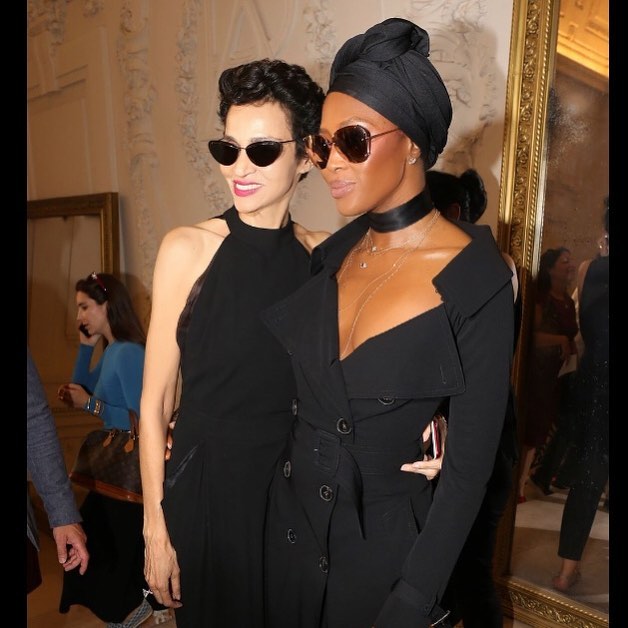
What are some of the most important values which he has instilled upon you?
The most important value was to never give up. When I worked with Azzedine as Head Chief of the studio, it was a difficult time for him. But still, he was working every single day at his table. It was a huge lesson for me.
What are your next initiatives or future projects?
I have two projects that I’m working on. One documentary that I’m filming now and I’m writing a feature film.
What is style to you?
Style for me, is to find your own uniform and stick to it. The rest is fashion – it’s nice too but it’s not style.
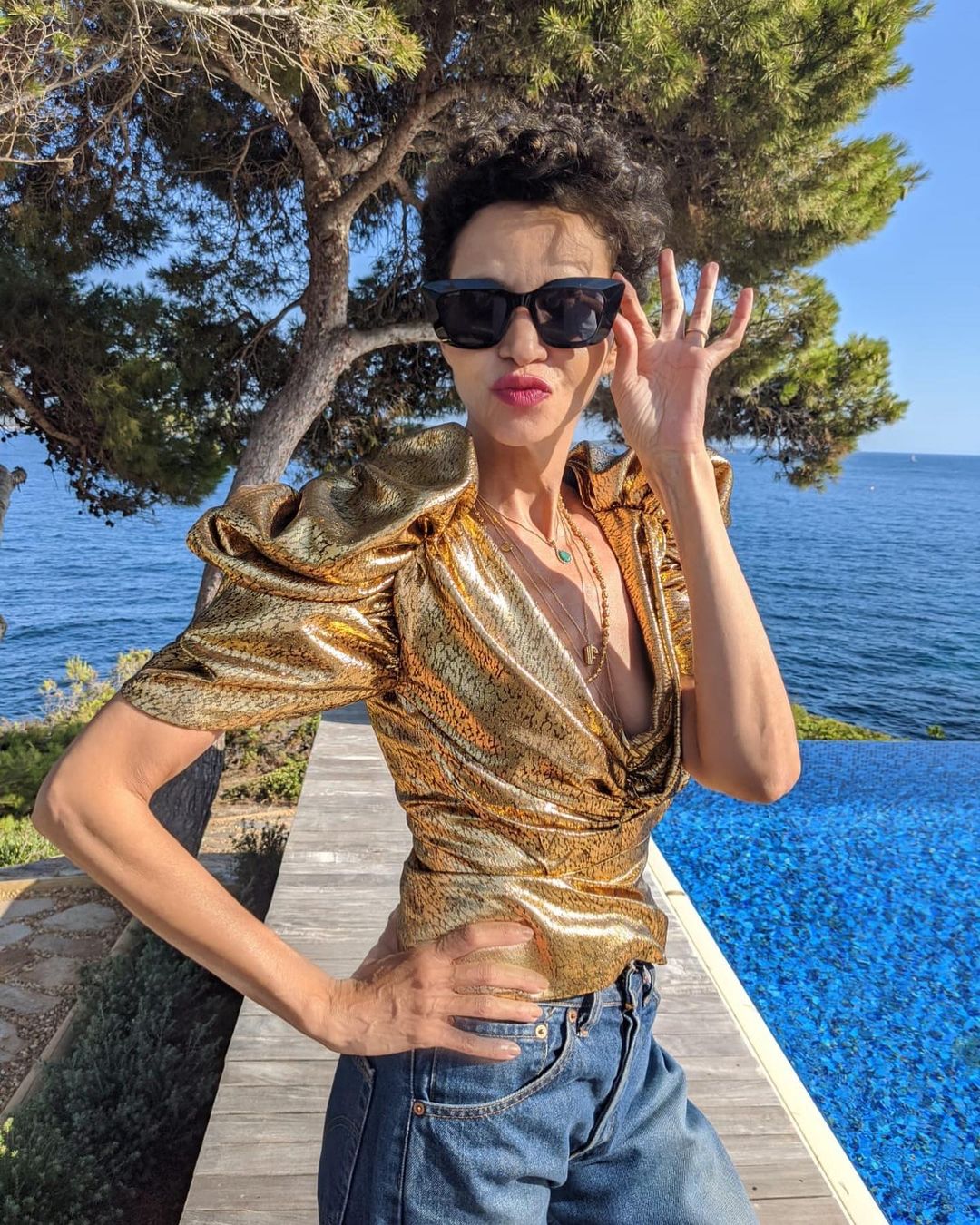
Less is more or more is more?
I don’t think less is more. Sometimes you feel like being overdressed and sometimes «un rien nous habille» as we say in French.
Now, read Hatem Alakeel’s exclusive roster of interesting interviews in his Gems of Arabia column here.
